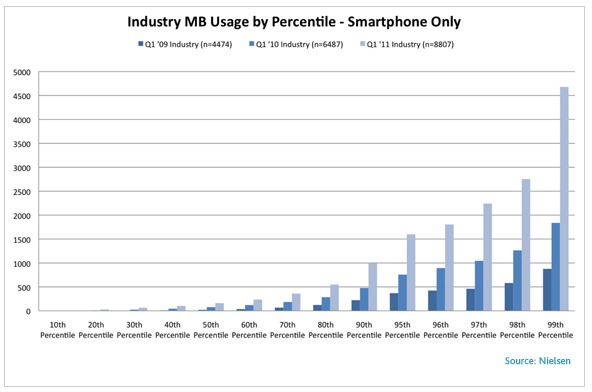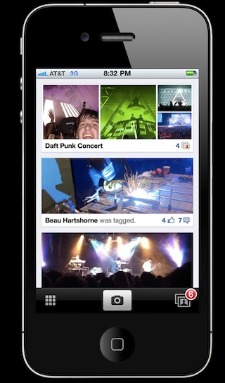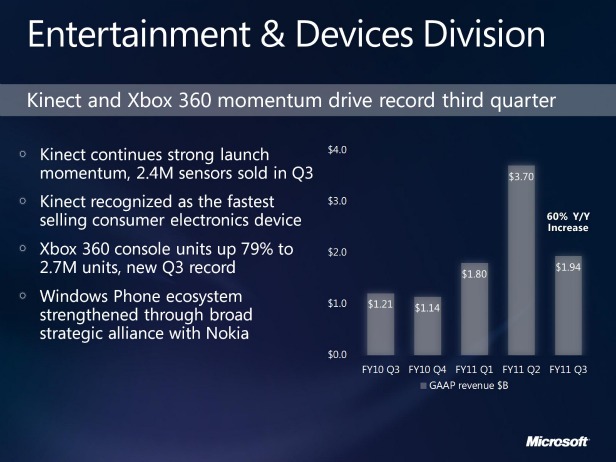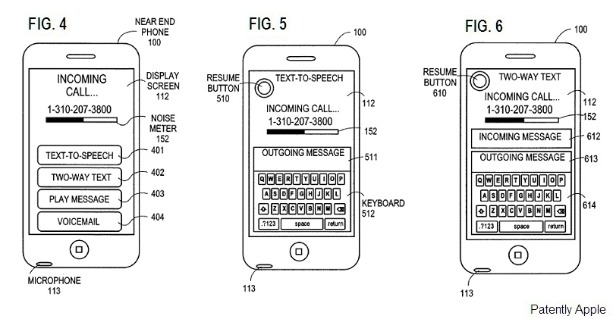Flickr, like any good site that relies on user uploads to exist, keeps track of what technology is being used by its members, especially cameras. When you consider the amount of usage the service gets — Flickr received its 5 billionth image upload in September 2010 — a breakdown of the data Flickr records can be awfully revealing; again, especially when it comes to the cameras Flickr members are using. Such data gives a good idea of what people are doing with their devices, without relying on harvesting various amounts of geodata, something else Flickr keeps track of.
In what may come as a surprise, the current most popular camera used at Flickr isn’t exactly a camera. Don’t get me wrong, it has picture-taking capabilities, quite obviously, but it’s not a exclusively a camera, either. Naturally, it’s the iPhone 4, although, the device just recently overtook the Nikon D90. In relation to the surprising aspect of such data, perhaps it shouldn’t be. The iPhone is, without a doubt, one of the most popular personal devices in the United States — still — and because so many people have them, it stands to reason a lot of people would uploading images to popular photo storage services.
What is surprising, however, is the iPhone 4 is the only mobile communication device (I’m not sure “phone” is an appropriate moniker anymore) to make Flickr’s list. No Androids here. Furthermore, when measuring the popular cameraphones used on Flickr, you see Apple products representing four out of the top five brands. In regards to the rapidly-growing Android market, perhaps they will make inroads on later Flickr graphs, but then again, the iPhone 5 will be out soon.
Speaking of graphs, here’s the primary “most popular camera” breakdown. Immediately, you’ll notice iPhone’s overtaking of the Nikon D90 only happened recently. You’ll also see Ashton Kutcher’s second career — well, besides being an incessant Twitter user — represented nicely, as well:

Enlarge
The Flickr methodology is as follows:
These graphs show the number of Flickr members who have uploaded at least one photo or video with a particular camera on a given day over the last year.
The graphs are “normalized”, which is a fancy way of saying that they automatically correct for the fact that more people join Flickr each day: the graph moving up or down indicates a change in the camera’s popularity relative to all other cameras used by Flickr members.
The graphs are only accurate to the extent that we can automatically detect the camera used to take the photo or shoot the video (about 2/3rds of the time). That is not usually possible with cameraphones, therefore they are under-represented.
As indicated, not only is the iPhone the most popular camera on Flickr, Apple also rules the mobile device/cameraphone breakdown as well:

Who knew the cameraphone would make digital cameras just about obsolete? I mean, besides keeping Kelso from That 70’s Show in the forefront of pop culture, are these “specialty” devices — that is, they only perform one function — very viable in today’s world? Especially when there are phones with built-in cameras capable of multiple megapixel output, as well as the ability to take hi-definition video?

























